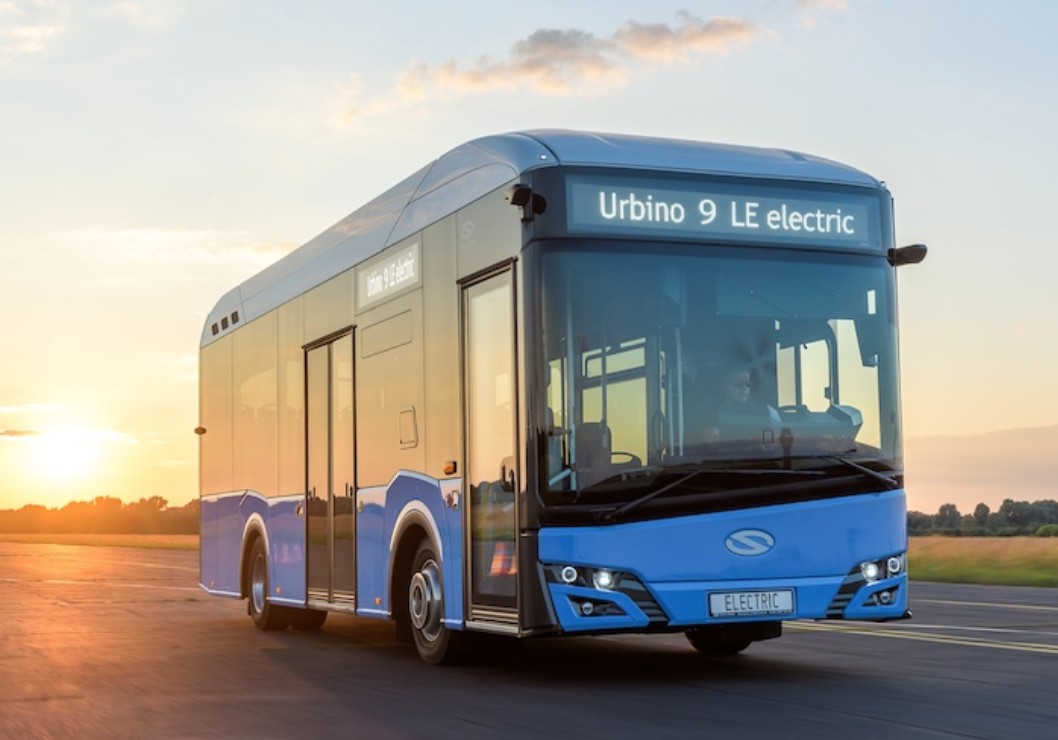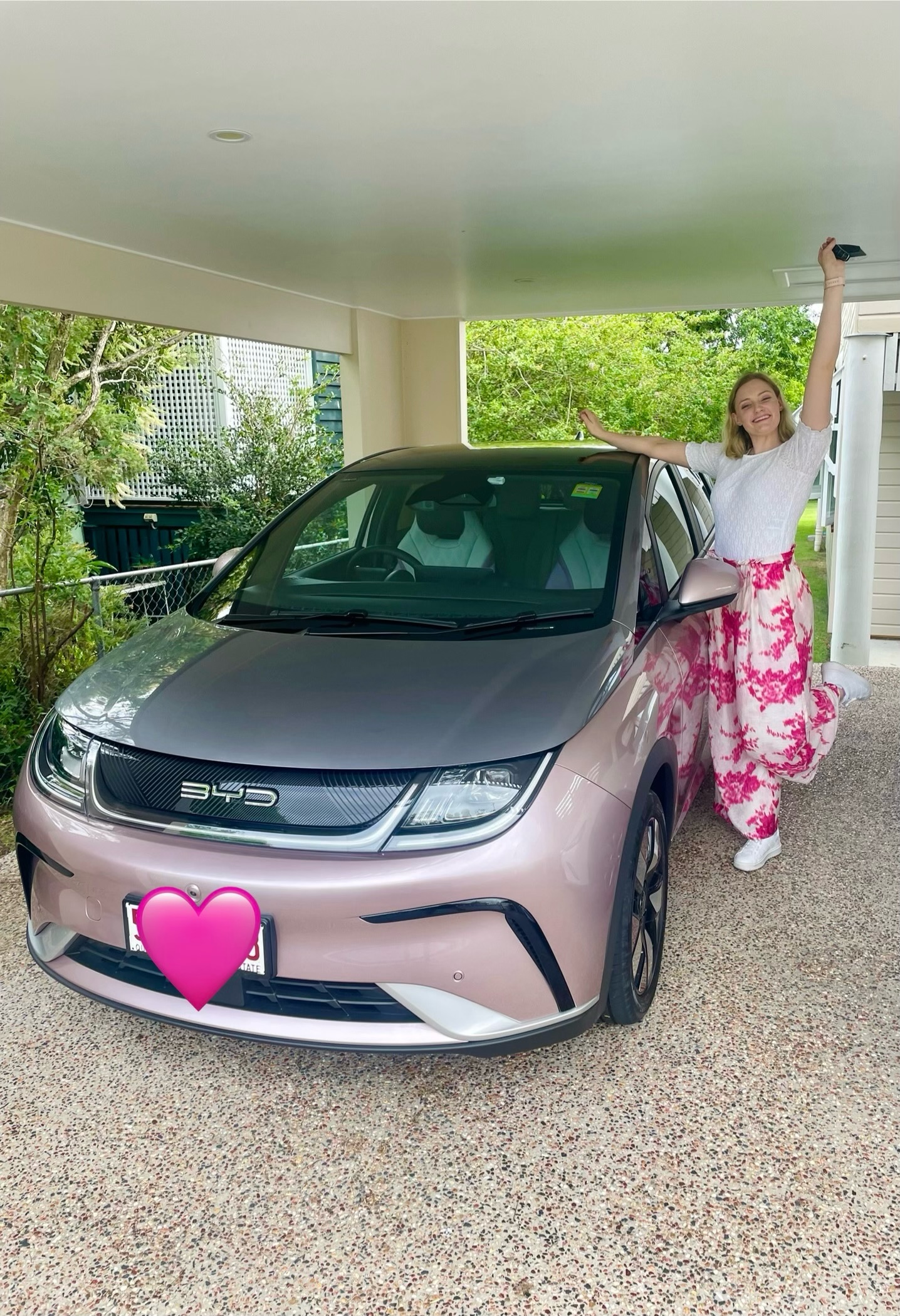Support CleanTechnica’s work through a Substack subscription or on Stripe.
Boosts range and cuts maintenance for urban EV fleets
Brussels, Belgium — Polish bus manufacturer Solaris Bus & Coach has premiered the Solaris Urbino 10.5 electric. Positioned as a mid-range, fully electric city bus, the 10.5-meter vehicle is designed for high maneuverability in constrained urban centers. The 10.5 electric’s focus on maximizing passenger capacity within its compact dimensions was immediately recognized, as it was awarded the Sustainable Bus Award 2026 in the “Urban” category on the day of its debut.
The new bus, along with the other models displayed, features a modular drive system, a design approach intended to standardize key components across the Urbino family to simplify maintenance and reduce complexity for fleet operators.
Zero-emission showcase
The central event of the Solaris exhibition at Busworld 2025 was to underscore its commitment to zero-emission public transport, officially launching the Urbino 10.5 and featuring two of its award-winning electric and hydrogen vehicles.
Solaris’s stand at Hall 5 also featured two established flagships of its zero-emission portfolio:
- The Solaris Urbino 18 hydrogen, the articulated fuel-cell electric bus that was named International Bus of the Year 2025 by the international jury of commercial vehicle journalists. The award ceremony took place in September 2024 at the IAA Transportation fair in Hannover. This was a historic win, as it was the first hydrogen-powered vehicle to receive the top industry award.
- The Solaris Urbino 12 electric, with its modular drive system, won the Sustainable Bus Award 2025 in the “Urban” category at the same awards. The award was announced in October 2024.
International Strategy
In addition to its product unveilings, Solaris detailed its ongoing international expansion efforts, with a particular focus on the North American market. The company cited its recent significant contract awards in the United States and Canada as key indicators of its broader global growth strategy.
Solaris ranked second in European zero-emission bus deliveries in 2024 and the dominant player in the rapidly growing hydrogen segment. Its electric buses, however, are the ones that address the most persistent pain points facing fleet managers: energy consumption in extreme weather and the complexity of maintaining electric drivetrains.

Advanced thermal management extends operational range
In cold and temperate climates, heating and cooling can devour a substantial portion of an electric bus’s battery capacity, a phenomenon that has long fueled range anxiety among transit planners. The Urbino 10.5 electric confronts this challenge with an advanced CO2 heat pump air conditioning system that fundamentally changes the energy equation. Unlike conventional electric heating that draws heavily from battery reserves, the CO2 heat pump harnesses thermodynamic principles to extract heat directly from ambient air, requiring far less stored energy.
This natural refrigerant solution can reduce heating-related energy consumption by over 50 percent compared to traditional resistive heating, directly translating to range extensions of up to 30 percent in real-world conditions. For transit authorities, this efficiency gain means maximizing daily operational uptime and potentially reducing the total number of vehicles needed to serve existing routes.
Operational costs drive every decision in public transport procurement, and Solaris has tackled this reality with a streamlined, modular approach to the driveline.
Distributed component architecture
The Urbino 10.5 electric employs a distributed component architecture that notably eliminates the traditional engine tower, a bulky structure that complicates access and consumes valuable passenger space. This modularity enables maintenance technicians to reach key driveline components directly from ground level, eliminating specialized equipment requirements and lengthy vehicle disassembly procedures.
The midibus shares essential systems and components with the larger, award-winning Urbino 12 electric model, reducing inventory complexity and training costs for operators managing mixed fleets. This standardization represents a powerful, if understated, lever for reducing long-term maintenance expenses and improving vehicle availability.
With capacity for up to 85 passengers, the new midibus delivers an exceptional capacity-to-size ratio that makes it particularly well-suited for congested city centers and feeder routes where maneuverability matters. This launch reinforces Solaris’s strategic positioning as a versatile provider across the zero-emission spectrum, offering solutions spanning battery-electric, hydrogen fuel cell, and trolleybus technologies.
As cities in Europe (mostly) accelerate efforts to decarbonize their fleets, vehicles that balance passenger capacity, urban agility, and sophisticated energy efficiency will prove critical to meeting aggressive climate commitments while maintaining the service reliability that public transport demands.
Sign up for CleanTechnica’s Weekly Substack for Zach and Scott’s in-depth analyses and high level summaries, sign up for our daily newsletter, and follow us on Google News!
Have a tip for CleanTechnica? Want to advertise? Want to suggest a guest for our CleanTech Talk podcast? Contact us here.
Sign up for our daily newsletter for 15 new cleantech stories a day. Or sign up for our weekly one on top stories of the week if daily is too frequent.
CleanTechnica uses affiliate links. See our policy here.
CleanTechnica’s Comment Policy




